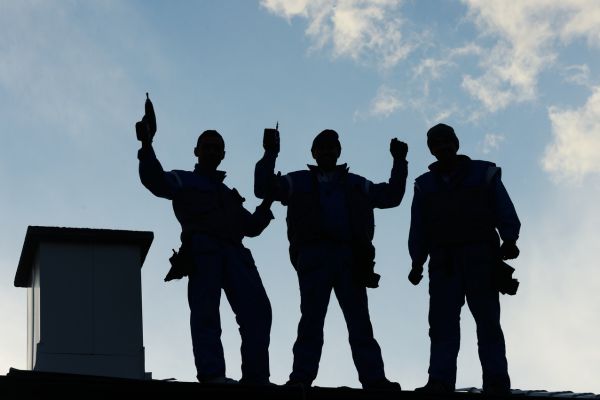In today’s rapidly developing world, the clash between conservation efforts and urban development has become increasingly evident. One of the key battlegrounds in this struggle is the practice of tree cutting. While urban development is crucial for societal progress, it often comes at the cost of environmental degradation. In this blog post, we will delve into the environmental impact of tree cutting, exploring the delicate balance between conservation and urban development.
Understanding the Environmental Impact
Tree cutting, or deforestation, has far-reaching environmental consequences. One of the most immediate impacts is habitat destruction, which threatens countless plant and animal species worldwide. Additionally, deforestation contributes to climate change by reducing the number of trees available to absorb carbon dioxide from the atmosphere. According to recent studies, deforestation is responsible for approximately 10% of global greenhouse gas emissions.
Conservation Efforts
Fortunately, there are numerous conservation efforts aimed at protecting trees and forests. National parks and wildlife reserves serve as crucial sanctuaries for biodiversity, providing habitats for countless species. Reforestation projects, which involve planting trees in deforested areas, help restore ecosystems and mitigate the effects of deforestation. These conservation initiatives highlight the importance of preserving natural habitats for future generations.
Urban Development Needs
While conservation efforts are essential, urban development is also necessary for economic growth and societal progress. Urban areas serve as hubs of innovation, culture, and opportunity, attracting millions of people seeking better lives. However, rapid urbanization often leads to the destruction of natural habitats, as land is cleared for infrastructure development and human settlement.
Finding a Balance
Finding a balance between conservation efforts and urban development is crucial for ensuring a sustainable future. Sustainable urban planning practices, such as green building design and smart growth initiatives, can minimize the environmental impact of development projects. Additionally, incorporating green spaces and urban forests into city planning can help mitigate the effects of deforestation while enhancing quality of life for residents.
Takeaway
The environmental impact of tree cutting underscores the need for a delicate balance between conservation and urban development. By prioritizing sustainable practices and embracing innovative solutions, we can preserve our natural ecosystems while meeting the needs of a growing population. It’s time to rethink our approach to development and prioritize the health of our planet for future generations.











